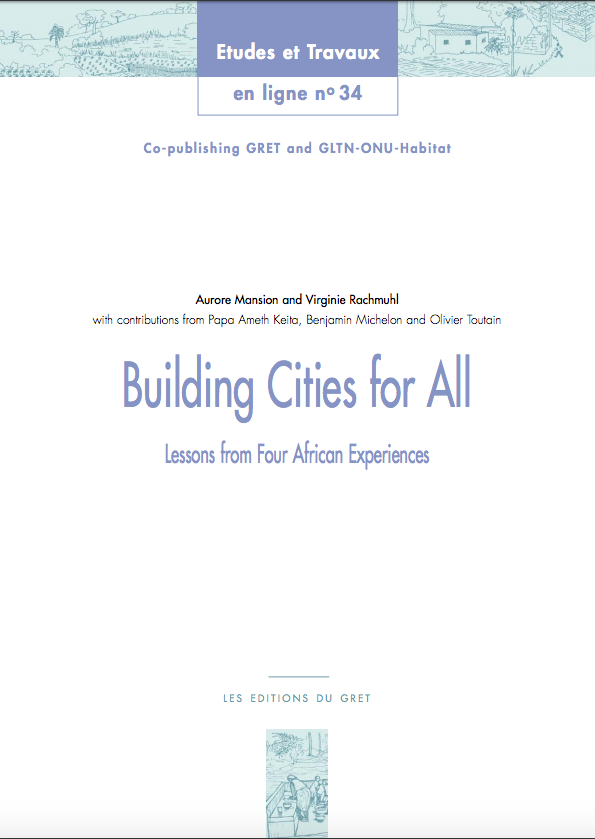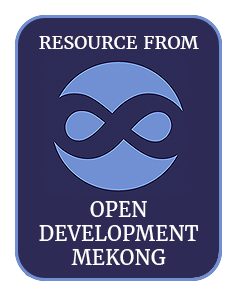An evaluation of the effectiveness of farmland protection policy in China
Almost two decades have passed since China first enacted legislation to protect farmland from conversion to nonagricultural use. Yet hundreds of thousands of hectares of agricultural land are still developed to urban area each year, raising the question of whether the legislation is effective in preserving farmland from development. This paper examines the effectiveness of the Basic Farmland Protection Regulation in protecting high-quality farmland from urban development in China in the first decade after it came into effect (1995‒2005).






